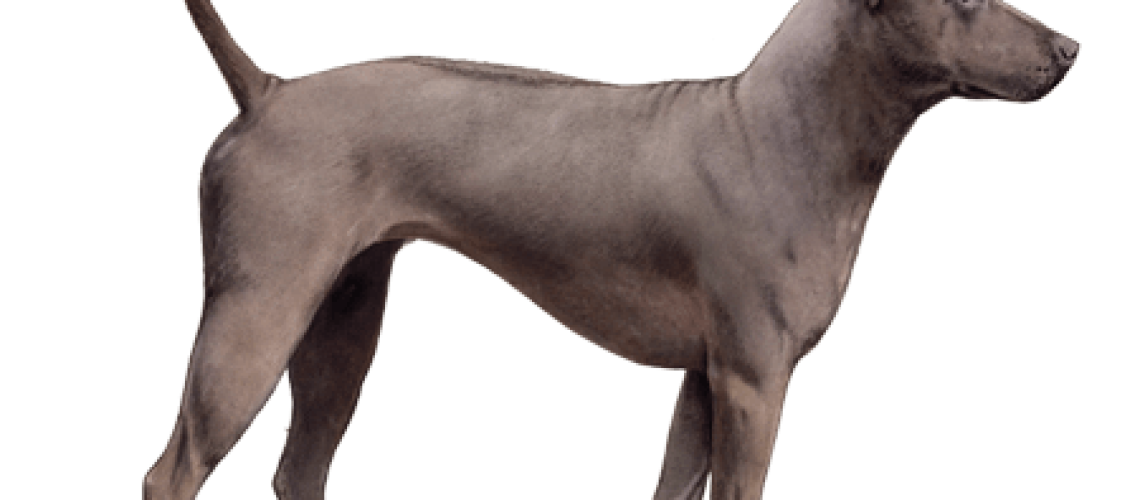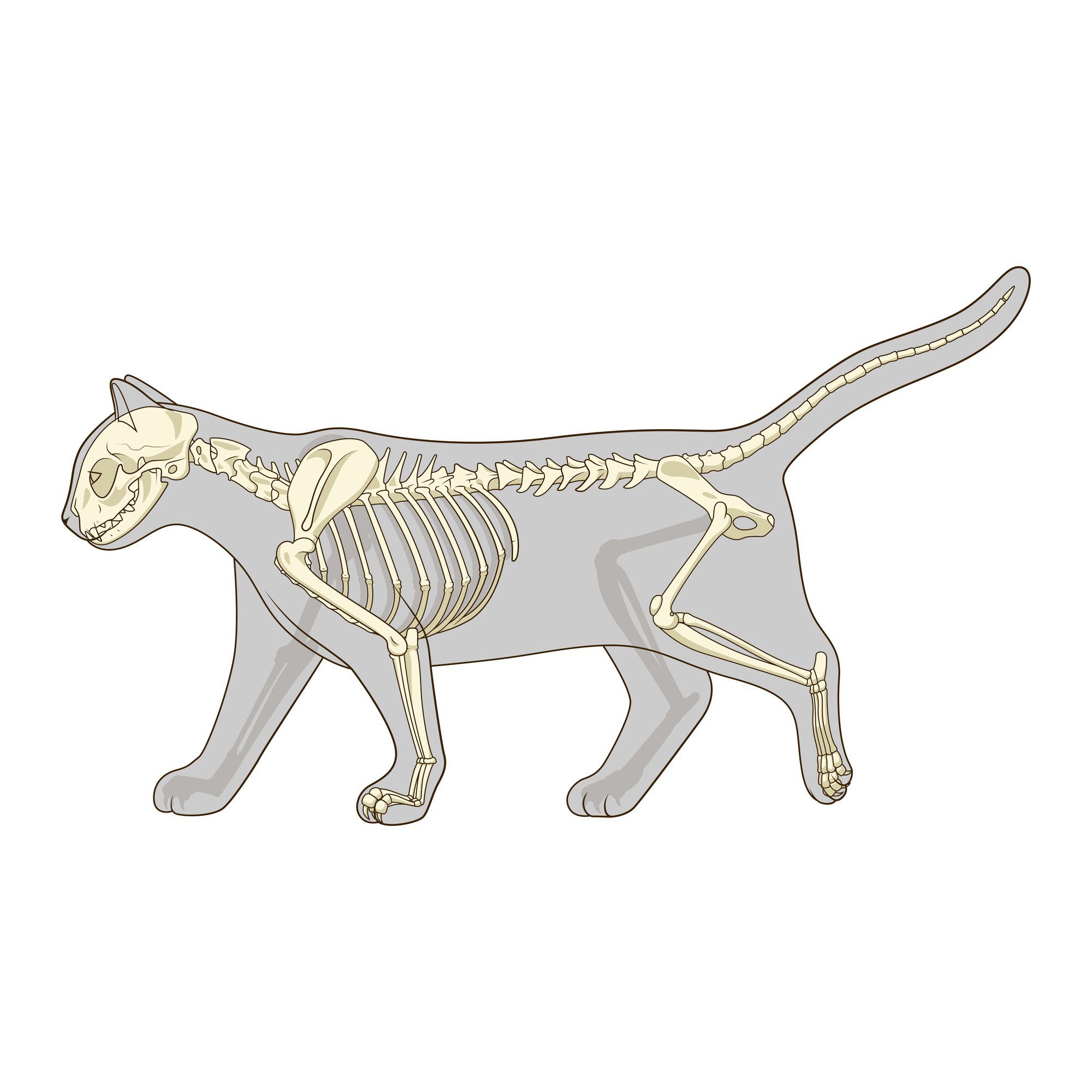Key Takeaways:
- Thai Ridgebacks are an ancient breed known for their loyalty and protective nature.
- They have a strong prey drive and require early socialization and training to prevent aggressive behavior.
- Regular exercise is essential for Thai Ridgebacks to keep them physically and mentally stimulated.
- These dogs have a short, low-maintenance coat that only requires occasional brushing.
- Thai Ridgebacks can be prone to certain health issues such as hip dysplasia and allergies, requiring regular vet check-ups and proper nutrition.
Are you a dog lover? Do you enjoy learning about different dog breeds and their unique characteristics? If so, then delving into the world of Thai Ridgebacks is sure to captivate your interest! These fascinating creatures possess a multitude of qualities that make them truly remarkable. Understanding this breed is not only essential for potential owners but also for anyone seeking to expand their knowledge of canine companions. With their distinctive ridge of hair running down their back, Thai Ridgebacks are both visually striking and highly intelligent. In this article, we will explore the various characteristics and care requirements of these magnificent dogs, shedding light on why they have become such beloved pets around the world. So, whether you're considering adding a Thai Ridgeback to your family or simply intrigued by these captivating creatures, get ready to embark on an exciting journey into the world of this extraordinary breed!
What is a Thai Ridgeback and what makes it special?
A Thai Ridgeback is a unique and ancient breed of dog that originated in Thailand. What sets them apart from other dogs is the ridge of hair that runs along their back in the opposite direction of their coat. This ridge gives them a distinct appearance and sets them apart from other breeds.
Thai Ridgebacks are also known for their loyalty, intelligence, and protective nature. They have been used as guard dogs for centuries and are highly valued for their ability to protect their families and property. Their strong instincts make them excellent watchdogs, always alert and ready to defend.
How does a Thai Ridgeback look different from other dogs?
The most noticeable difference between a Thai Ridgeback and other dogs is the ridge of hair running along its back. This ridge is formed by a line of hair growing in the opposite direction from the rest of its coat. It starts at the shoulders and continues down to the tail, creating a unique pattern on its back.
In addition to their distinctive ridge, Thai Ridgebacks have a muscular build with a deep chest and strong legs. They have a wedge-shaped head with almond-shaped eyes that can be brown or amber in color. Their ears are erect and pointed, adding to their alert appearance.
What are some common traits of Thai Ridgebacks?
Thai Ridgebacks are known for being independent, intelligent, and loyal. They are natural problem solvers and quick learners, which makes training them relatively easy. However, they can also be stubborn at times, so consistent training methods are important.
Another trait commonly seen in Thai Ridgebacks is their protective nature. They form strong bonds with their families and will do whatever it takes to keep them safe. This protective instinct can sometimes make them wary of strangers, so early socialization is important to ensure they are well-rounded and friendly dogs.
How much exercise do Thai Ridgebacks need?
Thai Ridgebacks are an active breed and require regular exercise to keep them happy and healthy. They have a lot of energy to burn, so daily walks or runs are essential. Aim for at least 30 minutes to an hour of exercise each day, but be prepared to adjust based on your individual dog's needs.
In addition to physical exercise, mental stimulation is also important for Thai Ridgebacks. They enjoy puzzle toys, obedience training, and games that challenge their problem-solving skills. Providing both physical and mental exercise will help prevent boredom and destructive behaviors.
What should you feed a Thai Ridgeback for proper nutrition?
A balanced diet is crucial for the health and well-being of a Thai Ridgeback. High-quality dog food that is specifically formulated for medium-sized breeds is recommended. Look for a brand that lists meat as the main ingredient and avoids fillers like corn or wheat.
It's also important to monitor your dog's weight and adjust their portion sizes accordingly. Overfeeding can lead to obesity, which can cause various health issues in Thai Ridgebacks. Consult with your veterinarian to determine the appropriate amount of food for your specific dog based on their age, size, and activity level.
Are there any grooming needs or health concerns for Thai Ridgebacks?
Grooming needs for Thai Ridgebacks are relatively low maintenance. They have short coats that don't require frequent brushing or trimming. However, they do shed moderately throughout the year, so regular brushing can help minimize loose hair around the house.
In terms of health concerns, Thai Ridgebacks are generally a healthy breed. However, they may be prone to certain conditions such as hip dysplasia and dermoid sinus, a congenital skin defect. Regular veterinary check-ups and maintaining a healthy lifestyle can help prevent or manage these potential health issues.
Tips for training and socializing a Thai Ridgeback
When it comes to training a Thai Ridgeback, consistency and positive reinforcement are key. They respond well to rewards-based training methods, such as treats or praise. Start training from an early age and be patient, as they can be independent thinkers at times.
Socialization is also important for Thai Ridgebacks to ensure they are comfortable around different people and animals. Expose them to various environments, sounds, and experiences from a young age. This will help them develop into well-adjusted dogs that are confident in different situations.
In conclusion, the Thai Ridgeback is a unique and ancient breed known for its loyalty, intelligence, and protective nature. Taking care of this dog requires regular exercise, proper grooming, and a loving environment.
Are Thai Ridgebacks hard to train?
Due to their breeding as guard dogs, Thai Ridgebacks have a natural instinct to be wary of strangers unless they have been properly socialized. If not socialized correctly, they can exhibit aggression. Thai Ridgebacks can also pose challenges when it comes to training.
Do Thai Ridgebacks bark a lot?
Thai Ridgebacks can be highly effective as watchdogs when they are trained and socialized properly. They have a natural instinct to protect their loved ones and are not known for excessive barking.
How long do Thai Ridgebacks live for?
The Thai Ridgeback is a robust breed that typically has a lifespan of 12 to 15 years. While generally healthy, one health concern specific to this breed is the Dermoid Sinus Cyst, which affects the closure of the skin along the spine.
How big do Thai Ridgebacks get?
The Thai Ridgeback, formally known as the Thai Ridgeback, is a dog breed that typically stands between 20 to 24 inches in height and weighs between 35 to 70 pounds. They have a lifespan of approximately 12 to 13 years.
Can you leave Ridgebacks alone?
While the Rhodesian Ridgeback does not enjoy being left alone, they can tolerate being alone for four to eight hours if they have received enough exercise. However, if they become bored, they may engage in destructive behaviors. They prefer the company of their family and it is advised to start crate training them at a young age.
How much walking does a Ridgeback need?
For active families who enjoy spending time outdoors, regardless of the weather, Ridgeback dogs are a great choice. These dogs require a minimum of two hours of exercise every day, which should include multiple long walks and plenty of off-leash exercise in a secure area.

















